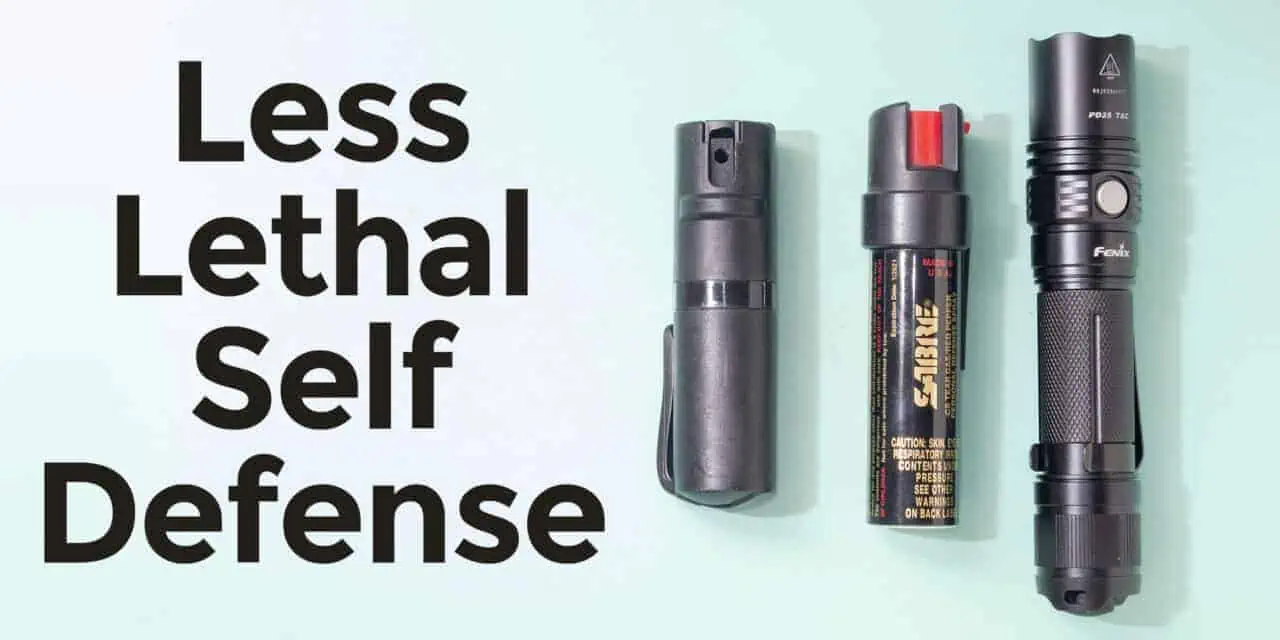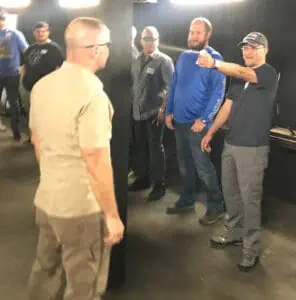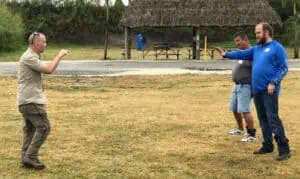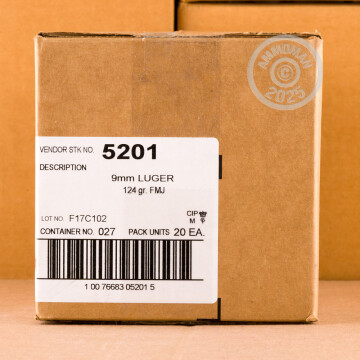Something Other Than Bang: Less Lethal And Non Lethal Self Defense
Firearms ownership, especially defensive firearms ownership, is on the rise in the United States. We’re buying guns for home defense. However, being prepared to protect what’s ours sometimes isn’t as clear as shoot or don’t shoot. We also need to look at other options for less lethal and non-lethal self defense.
What most people don’t realize is that there is so much more to staying safe in and outside the home than just buying a gun for self-defense. Owning a gun imparts no special skill: Your ability to deal with the stress of a life or death situation is the same, no matter if you own a firearm or not. Buying a gun doesn’t give you the ability to make quick decisions under fire. This is where regular practice and taking a firearms training class comes into play. Taking a class, especially one that integrates some form of shooting under stressful situations, can help prepare yourself for that day when your life or someone else’s might depend on your marksmanship.
Lethal, Less Lethal and Non Lethal Self Defense
A firearm, however, does just one thing. It projects potentially lethal force at a distance. This is fine, if we are facing a lethal threat. Life isn’t that simple though. There are many situations we might encounter, from a belligerent drunk to a pushy panhandler, where even displaying a gun would bring about more problems than it would solve. For incidents like these, and other times such as a medical emergency, it’s nice to have more options than just your gun, and have a less lethal and non-lethal self defense option as well.
This is precisely the sort of thing that John Murphy teaches in FPF Training’s Street Encounter Skills and Tactics class. I recently attended his class here in Florida, and found it to be one of the most comprehensive and insightful classes I’ve ever attended. The class doesn’t focus on teaching you how to shoot one-hole groups at 25 yards. In fact, we never shot beyond 7 yards the whole time I was there. Rather, the class is about developing the range of skills and options you need in order to handle the diverse threats of the modern world, and come out ahead at the end of almost any danger encounter.
Learning How Not To Shoot People
The instruction started in a classroom, just like most firearms classes I’ve attended. However, rather than going over grip, stance and trigger press, we talked about what threats are out there, and what those threats are like in the real world. We then transitioned to emergency trauma medicine and then to less lethal and non-lethal self defense.
I know far too many gun owners who believe that their gun is a “one-size fits all” self defense tool. These people think that if someone is up in your face, yelling at you at the top of their lungs, the best option is to show your gun. If someone throws a punch at you, draw your gun, that’ll show them that you’re not to be messed with. I’m not a lawyer, and this is not legal advice, but if you’re one of those people, I’d strongly suggest you avoid acting this way. Instead, get yourself a copy of Andrew Branca’s Law of Self Defense and read it cover to cover. Then look to expand your self defense options beyond going to guns first time, every time.
Less Lethal Doesn’t Mean Less Potent
For instance, one of the things we covered extensively in the Street Encounters Class was how and when to use pepper spray in a self-defense situation. I used to think that pepper spray was something for women and joggers. My thinking was that because I carried a gun on a regular basis, I had no use for a less-lethal or non-lethal self defense option like pepper spray.
I was wrong. Pepper spray gives you more ways to deal with an attacker than if you just have a gun. It gives you something in-between harsh words and a gun, as noted trainer Chuck Haggard says, and having more concealed carry options is a good thing. However, it is not a one-shot stop. As Murphy described it in class, it reduces our attacker’s capacity to do harm, but has little effect on their willingness to do us harm.
De-Escalation: The Ultimate In Non Lethal Self Defense
We then went outdoors to work on another often-overlooked skill for those who carry concealed, knowing how to set and maintain proper distance in social situations. This is, when you think about it, the ultimate in non-lethal self defense. You are keeping yourself safe with nothing but words and your feet.
I found out that knowing how to stay mentally alert and avoiding the trap of repeating the same commands over and over again is something I need to work on. This was not my first class in using a variety of self defense options to deal in simulated everyday encounters, and once again, I was surprised by how many people were unable to talk their way out of even the simplest of self defense encounters. Getting a good trigger press is a learned skill. Shooting a tight group is a learned skill. In that same vein, talking your way out of a fight or de-escalating a fight that might happen is a learned skill. Learning some verbal judo and practicing it in your everyday life gives you a way to bring a truly non-lethal defense choice, and is also a learned skill.
Carrying a self defense firearm with you wherever and whenever you can gives you a great option when faced with potentially lethal force. However, not every threat we face is lethal, and our choices in less lethal and non-lethal self defense gear and training should reflect that. Take a good class like FPF Training’s Street Encounter Skills, and have something with you that allows you to react to life’s little problems with something other than sending bullets downrange. You and your loved ones will be glad you did.




